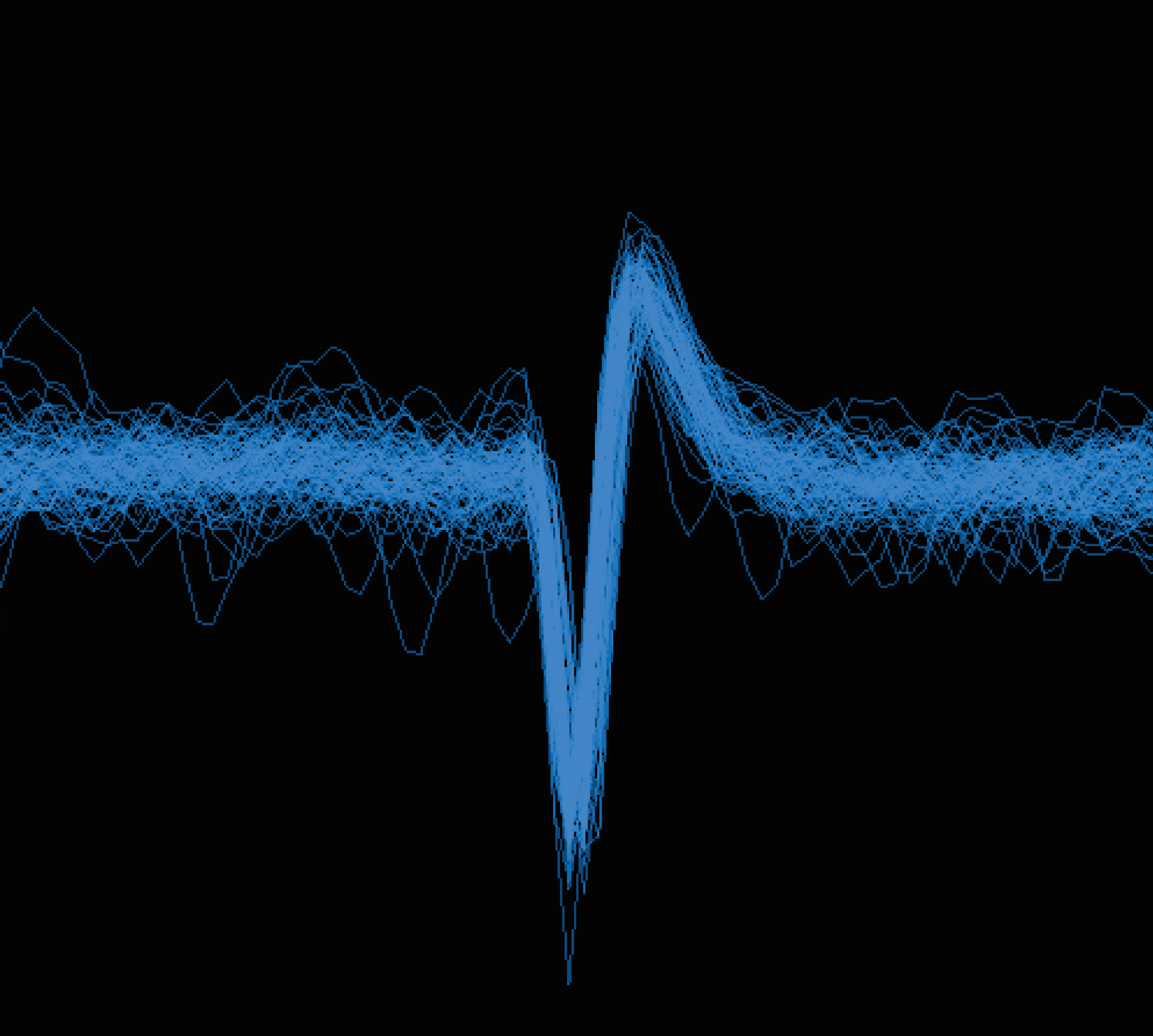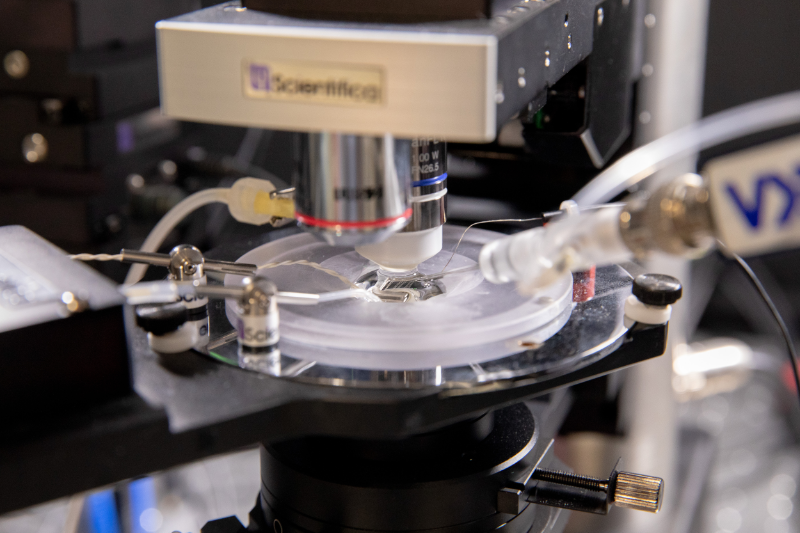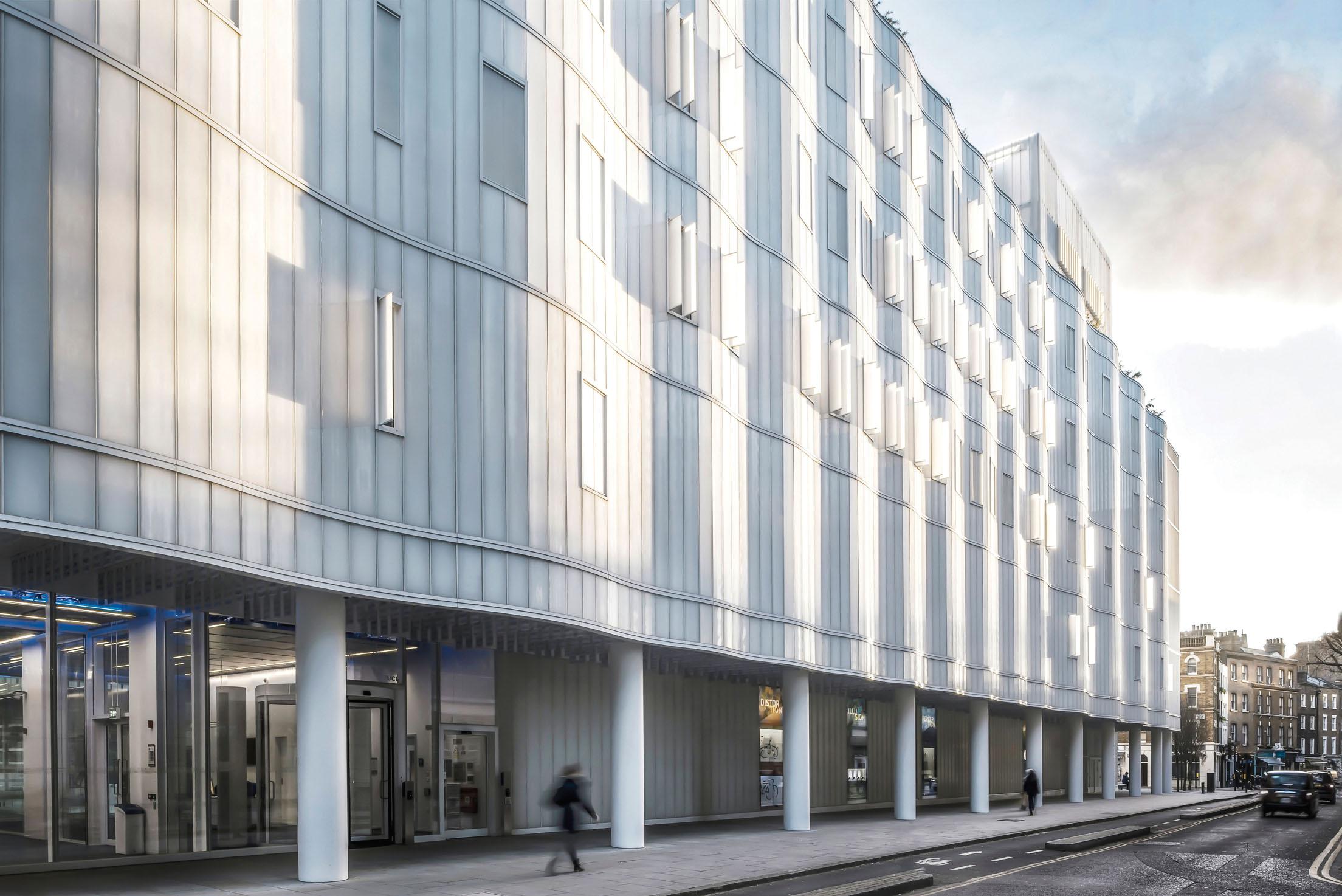WE WANT TO UNDERSTAND HOW NERVOUS SYSTEMS PRODUCE SURVIVAL BEHAVIOURS IN NATURAL ENVIRONMENTS
Brains have evolved to solve the challenges of surviving. From the innate reaction of a prey to the sight of a predator, to the use of tools for obtaining food, the brain continuously acquires, stores and uses information to generate adaptive behaviours.
Our goal is to understand how neurons in the brain compute behaviours that promote survival. We want to explain how adaptive behaviours are chosen and executed to succeed in what Darwin called the struggle for existence. We aim to produce mechanistic models of how neurons integrate sensory information, experience and innate drives to generate behaviour, and we are particularly interested in determining the role of synaptic and ion channel mechanisms in this process.
We currently use instinctive defensive behaviours in the mouse as a model system, and we emphasise the study of ethologically relevant challenges in naturalistic environments. Our projects focus on understanding the neural implementation of computing choices and actions upon imminent threat, including in spatially complex and dynamic environments.

Projects in the laboratory start at the behavioural level, with the development and application of quantitative assays. We are especially interested in making high-resolution measurements of a wide set of sensory and behavioural state variables in freely moving animals, so that we can model behaviour on a moment-by-moment basis.

We record neuronal activity using high density silicone probes and miniature endoscopes, and when possible, we use in vivo whole-cell patch-clamp and multi-photon microscopy. In collaboration with the Gatsby Computational Neuroscience Unit we develop algorithmic and data-driven models that aim to map behavioural computations onto neural activity dynamics and biophysical mechanisms.

These approaches are complemented by circuit level analysis using viral tracing tools, and a variety of techniques for molecular and biophysical dissection of mechanisms, such as in vitro patch-clamp recording and RNA sequencing. To test our models we disrupt the system at different levels using gene and neural activity perturbation methods.
Our laboratory is located at the Sainsbury Wellcome Centre for Neural Circuits and Behaviour at UCL:
